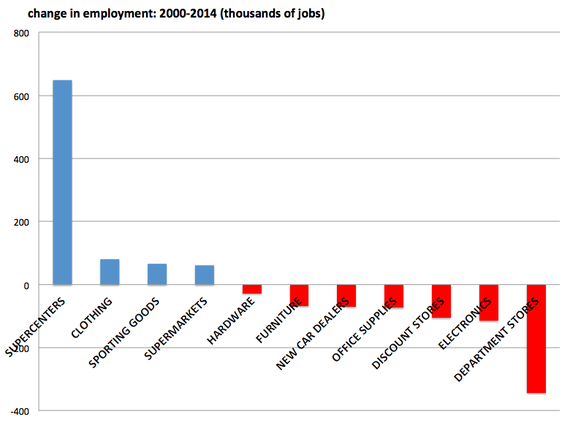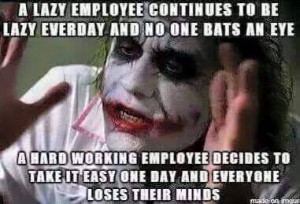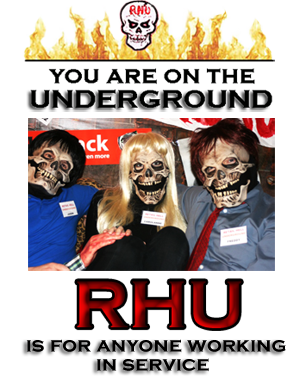US Malls prep for attacks after jihadi call to arms
Managers of giant shopping malls from New Jersey to San Diego are on alert for terrorist threats and say they are coordinating with law enforcement after release of a Somali extremist group video encouraging deadly attacks.
Westfield Corp., manager of 38 flagship malls across the United States and more internationally, said Monday that it sees “no evidence of an imminent threat” to its centers but “will take every available step to keep our shopping centers safe.”
While declining to discuss specific security measures, the company said its top security executives are coordinating with local police and government agencies.
It said its malls — which include the giant Garden State Plaza outside New York City, Montgomery Mall outside Washington, D.C., Horton Plaza in San Diego, Century City in Los Angeles and the Westfield San Francisco Centre near Union Square — are operating as normal despite “significant resources” devoted to security.
The video threatening a terror attack was released by al-Shabaab, a southern Somalia-based group that took responsibility for an attack in 2013 at the Westgate shopping mall in Nairobi, Kenya, that left more than 60 people dead.
“If just a handful of mujahedin fighters could bring Kenya to a complete standstill for nearly a week, imagine what a dedicated mujahedin in the West could do to the American or Jewish-owned shopping centers across the world,” an unidentified man says on the video. “What if such an attack was to occur in the Mall of America in Minnesota?”
The International Council of Shopping Centers, a New York-based trade association, said many other smaller centers and malls across the country are updating security planning with local authorities.
“The shopping center industry will continue to work with its law enforcement partners to ensure that shopping centers are safe and comfortable environments in which to shop,” the council said. “Consumers can be assured that their safety and the safety of shopping center employees are the industry’s number one priority.”
The Mall of America, the large center at Bloomington, Minn., took immediate steps. Bloomington police released a statement on behalf of the mall law-enforcement agencies saying it sees “no credible threat” to the mall as a result of the video. It said the mall has “implemented extra security precautions.”
Jesse Tron, spokesman for the International Council of Shopping Centers, said mall security has been constantly upgraded since the Sept. 11, 2001 terror attacks, but that there was no “one size fits all” security plan for shopping centers.
“There won’t be any mad dash or scramble to improve security because security is constantly evolving and improving,” Trontold USA TODAY. “Security officials are not reactionary because they have been doing this all along.”
That doesn’t mean there won’t be additional security measures. The Mall of America issued a statement saying it had “implemented extra security precautions.”
But mall safety continues to mean uniformed and non-uniformed officers, video cameras and other measures seen and unseen, Tron said. It also means an online terrorism awareness program that teaches officers what to watch for, what to report and how to stay alert to threats 24/7.
Communication is the key, Tron said. Security works closely with local law enforcement. Any SWAT team sent to a mall likely has been there before in training. Plans are in place. And when a threat surfaces, information is shared with police and other officials.
“It’s not just mall security staff, it’s local PD, the FBI — they are all working on these things every day,” said Jim Fernandez, who overseas the online Shopping Center Security Terrorism Awareness Training Program and other terrorism awareness programs at LSU’s Stephenson National Center for Security Research and Training.
Fernandez said a couple thousand security officers take the center’s online training program every year.
“It can look at everything from taking notice if someone wears a long winter coat into the mall on a hot summer day to handling an active shooter situation,” Fernandez said.
The Mall of America, among the largest shopping malls in the world, employs more than 12,000 people at more than 500 stores and 50 restaurants. It is the world’s busiest mall, bringing in more than 40 million visitors annually.
Mall officials issued a statement saying they take any potential threat seriously. It added that some precautions will be noticeable, others won’t.
Bloomington Police said there is no credible threat associated with the video. The police statement jointly issued with the FBI, the Minnesota Department of Public Safety, the Hennepin County Sheriff’s Department, Metro Transit Police and Mall of America Security, called the Mall of America a “very safe place.”
Still, the secretary of Homeland Security warned shoppers at malls across the nation to be vigilant in the wake of new terrorist threats.
“I’m not telling people to not go to the mall,” Secretary Jeh Johnson said Sunday on NBC’s Meet the Press. “I think that there needs to be an awareness.”
The FBI and Department of Homeland Security issued a statement Sunday saying they have been working closely with state and local authorities in recent months to “prevent and mitigate these types of threats.”
“We are in constant communication with federal officials,” Tron said. “Safety is always the number one priority.”
Sourced from USAtoday.com

































Recent Comments